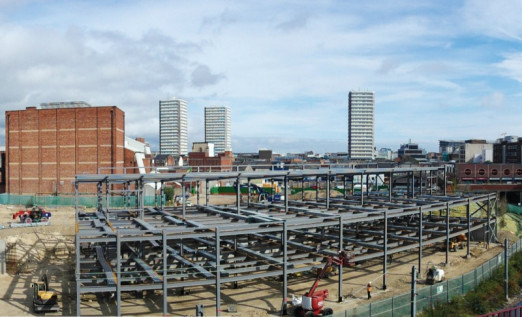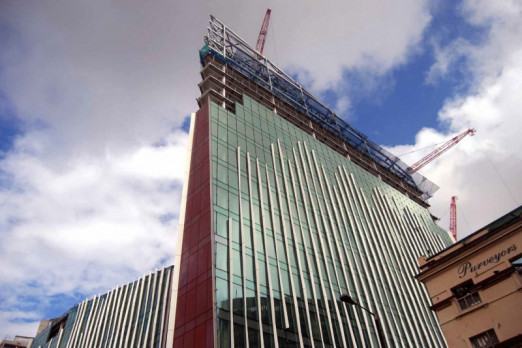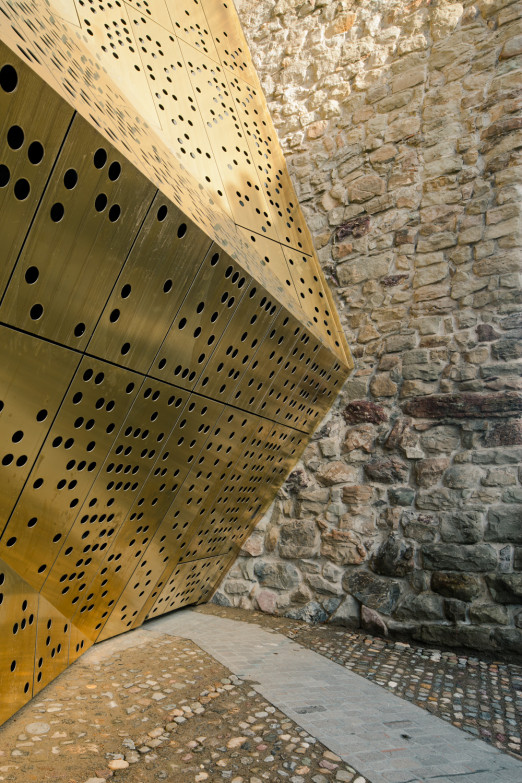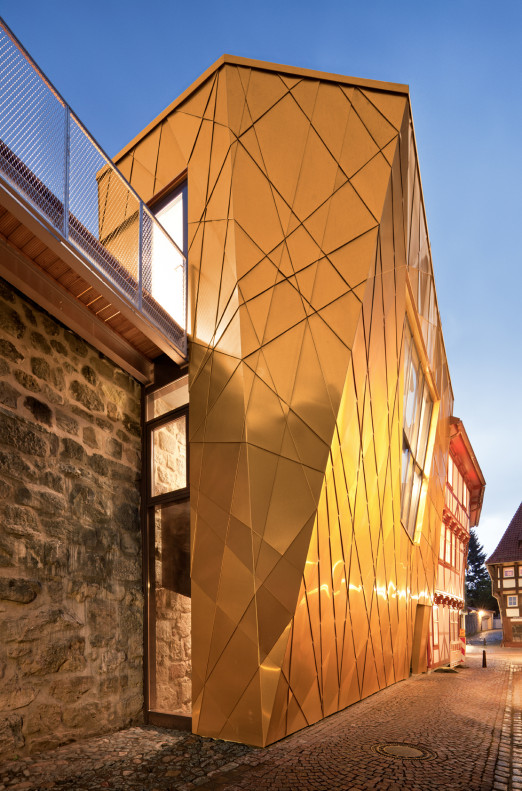Sarah McCann-Bartlett, Director General of the BCSA reflects on another good year for UK steel construction, and how steel is already delivering the benefits of BIM
Structural steelwork has been confirmed again as the leading market choice for building frames, according to the latest independently produced market share survey. In the key multi-storey offices market, steel has reconfirmed the dominant position it has held for most of the past 30 years or more, with a 68% share of the market.
Steel’s commanding position in the single storey buildings market, which is everything from sheds for the logistics sector to new factories like those that house the booming export market for UK produced cars, is also of long-standing and steel now accounts for over 90% of that market.
This survey also indicates that the market has been buoyant, with the total market for structural frames up 7.2% in 2015. Further market growth is expected this year.
Why does steel enjoy such dominance? Designers consistently speak of steel’s cost-effectiveness compared to other alternatives, its flexibility, the potential for accepting late design changes in a fast moving development market, a host of sustainability benefits, and the fast construction programmes made possible only because of offsite fabrication, and quick, safe, erection. Many projects on congested inner city sites are barely conceivable these days without using steel as the framing solution.
There is no sign of this market preference changing. While steelmaking has been buffeted by global economic forces, the UK’s structural steel supply chain remains in good shape to continue its world-leading service to the construction market.
Our efficient steel distribution sector has always had a balance of UK and high quality imported steels, and we welcome the news of the sale of Tata Steel’s Long Products Europe business to Greybull Capital. An ongoing UK supply of high quality steel creates a competitive and efficient market, and supports the UK economy.
As the UK’s construction industry continues to grow, a new report from KPMG says that UK steelwork contractors have sufficient capacity to meet forecast demand for constructional steelwork, without the need for capital investment and using a UK or Irish steelwork contractor means shorter lead times, contractual security, exceptional quality of design work, better logistics on site and an excellent health & safety record.
So why are so many multi-storey office buildings being built with steel frames? Clearly cost is the main factor, but offsite prefabrication and service integration are also significant advantages for steel construction. The latest cost comparison study data shows that steel construction is 7% cheaper and 5% quicker for a low-rise business park office, and for a city centre high-rise, the cost is 4% lower and the programme 11% shorter than concrete alternatives.
Fabrication of the individual steel elements takes place offsite under controlled, highly regulated and safe factory conditions where the use of leading edge fabrication systems delivers precision-engineered components. With so much work carried out offsite, the onsite construction programme is reduced and the build programme is relatively unaffected by adverse weather conditions.
Steel components can be further pre-assembled or fabricated into modules either offsite or at low level, which reduces the need for working at height, and steel can be delivered to site as and when it is required, reducing the need for onsite storage.
Steel frames offer many solutions to integrate building services within the structural floor zone, with composite long-span cellular beams featuring in many recent city centre projects. The long column-free spans provide future flexibility, and service integration leads to economies in the construction by reducing the floor-to-floor height, which either reduces the overall building height and cladding costs, or allows more floors to be provided within the same overall building height - increasing the net lettable area.
Moorgate Exchange, London is a good example where a steel frame was utilised to enable large column-free spans on a 15.5m by 7.5m structural grid. The structural floor zone itself was made the minimum depth possible to accommodate the required services openings, which allowed an additional floor to be introduced at the top of the building. This project received a Structural Steel Design Award (SSDA) in 2015, and was judged to be a commercial success thanks to intelligent steelwork.
The SSDAs have been running since 1969, and after giving awards for 47 years you might expect that a degree of repetition would occur amongst the winners. But not so, as steel gives designers limitless opportunity for the expression of their ideas and the 2015 awards proved that this claim was fully justified. I’m sure that the 2016 awards will be no different.
Steel is streets ahead of the rest of the supply chain in implementing BIM. Steelwork contractors have been working with 3D models for decades and BCSA members who have worked on BIM projects report positive feedback from main contractors who say how easy it is to work with steel fabricators. The sector is ready for BIM Level 2 with BCSA launching its new BIM charter. BIM is also a reason to involve steelwork contractors earlier. It’s not rocket science that if steelwork contractors are involved earlier, they can speed up delivery, which makes sense commercially and is in line with government construction targets.
 Sarah McCann-Bartlett, Director General, The British Constructional Steelwork Association Limited
Sarah McCann-Bartlett, Director General, The British Constructional Steelwork Association Limited
Sarah has been the BCSA Director General for the last 5 years leading not only the BCSA, but also a steel construction market development programme in a joint venture (JV) with Tata Steel. This programme has delivered a broad range of steel design and construction resources including www.steelconstruction.info, the free encyclopedia for UK steel construction information.
Sarah has been instrumental in establishing Steel for Life, a new constructional steelwork supply chain initiative to ensure that architects, engineers and cost consultants continue to find designing in steel as straightforward as it can be by having all the design and cost advice they need, and have become used to, within easy reach.





.jpg)




